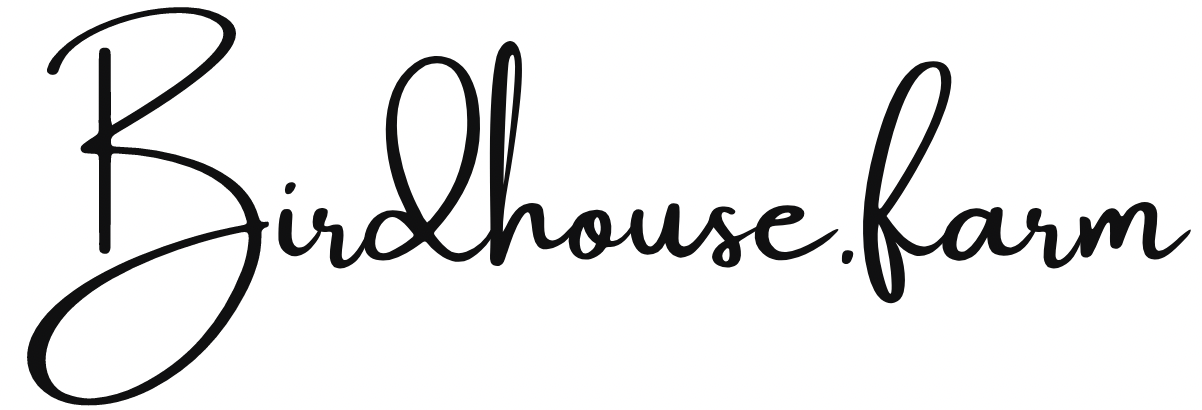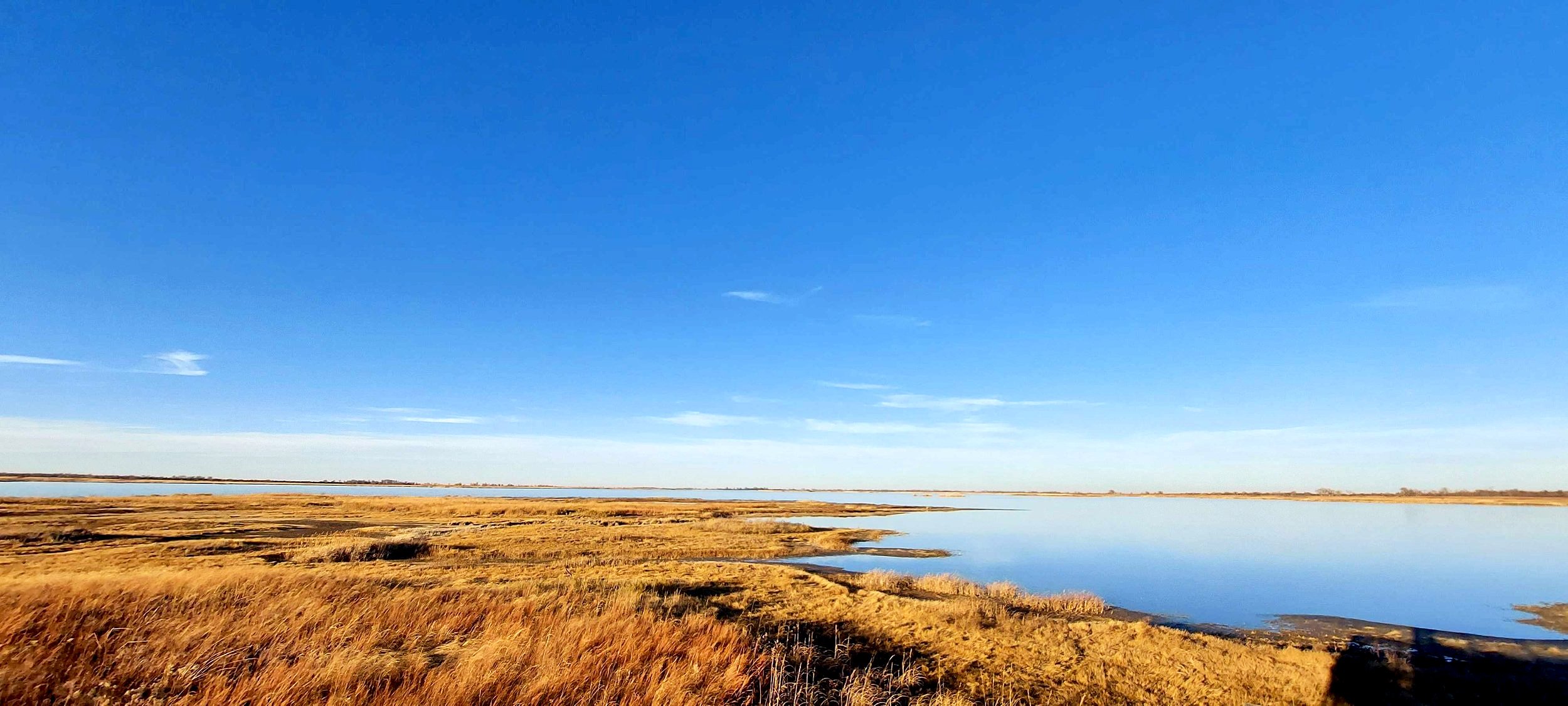Quivira National Wildlife Refuge
Quivira National Wildlife Refuge was established in 1955 to protect migratory waterfowl. It's 7,000 acres of wetlands attract hundreds of thousands of ducks and geese annually. Its location in the middle of the Central Flyway places it in the primary pathway for many species of migrating shorebirds.
Click here to learn more about the plants, animals, birds, and habitat on/at the refuge.
(From KSOutdoors.com) Quivira National Wildlife Refuge (NWR) is one of over 500 refuges in the U.S. administered by the U.S. Fish and Wildlife Service (USFWS) and one of four national refuges in Kansas. The refuge encompasses over 22,135 acres and features a unique combination of inland salt marsh and sand prairie.
It is managed primarily to provide migratory waterfowl with food, water, and shelter; however, other migratory birds, endangered species, and wildlife also benefit from its habitat management programs. More than 300 species of birds, including waterfowl, shorebirds, and songbirds have been observed on the Refuge.
Quivira NWR is situated along the Central Flyway. Fall migrations of thousands of Canada geese, ducks, sandhill cranes and shorebirds pass through the refuge from September to December. Endangered whooping cranes may make a visit as they migrate, and bald and golden eagles winter on the refuge from November to March. During March and April, Quivira NWR becomes a staging area for over 300,000 of these same birds as well as American white pelicans, gulls and other migrants en route to traditional nesting grounds.
Approximately 8,000 acres of designated hunting areas on the Refuge are open from September 1 through February 28. These areas offer excellent hunting opportunities for waterfowl, upland game, pheasant, and quail. Fishing opportunities are available all year, throughout the Refuge. In addition, the Refuge encourages schools, and wildlife oriented and other groups to enjoy the Refuge Visitors Center, nature trails, auto tour routes and special events.

